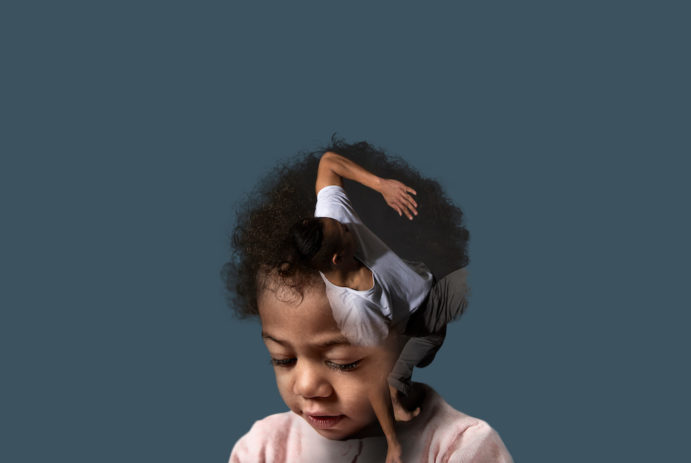Traditional dance and music from Bali
The
performance was 9 December in the theatre ‘De Singel’ in Antwerp, Belgium.
This was a performance to see another culture, it gave a look to the traditional dance and music from Bali.
This was a performance to see another culture, it gave a look to the traditional dance and music from Bali.
The title prefers to a Balinese composer and musician. He comes from Denpasar,
but with an international reputation. His work introduces new approaches from
the gamalan. Tradition and contemporary are meeting each other.
Gamelan, instrument
In this
piece there were twenty-two musicians and three dancers. The piece contains three traditional dances.
It started with a music part what sounded strong, it gave a whole new energy to
the room. The musicians had a strong bond with each other, they were
continuously looking around but also focusing on their own instrument.
After the intro it was time for
the Jauk Longor dance, it’s a classical solo that give the impression to
movements from a demon. At the beginning it gave a ‘wow’ feeling, because
the costume is so defined, with lot of details and we are not used to the
movements. So, you try to understand and take everything what you see.
Later came another solo named as Topeng Tua,
this is about an old man, and you need a lot of technique skills. After the first solo you begin to understand
the traditional movements and music. It’s interesting to see how the technique
is, but it’s also difficult to watch and understand it if you don’t know
anything about the dance techniques.
After was a
duet ‘Legong Semarandhana’, it tells a story about Semara and Ratih two god’s
that represents the sexual love.
This duet was lovely to watch, it was also the
first time that you see the girls dancing instead of the male solo’s from
before. The duet was without masks, so the make-up and eyes became important.
This duet gave another point of view to the dance technique and culture.
This duet gave another point of view to the dance technique and culture.
On the video you see, the dance they performed but then as a duet.
The piece
became strong because you meet another culture. The costumes of the dancers
where special and not easy to dance with. They are wearing a lot of layers and
that makes it harder. You can see on the pictures as on the video that their
dance technique is based on their costume, so they easily deal with their
costumes, it’s a big part of their culture.
The music itself was
also traditional, if you’re not used to real traditional music from Bali, then
is this a nice experience.















